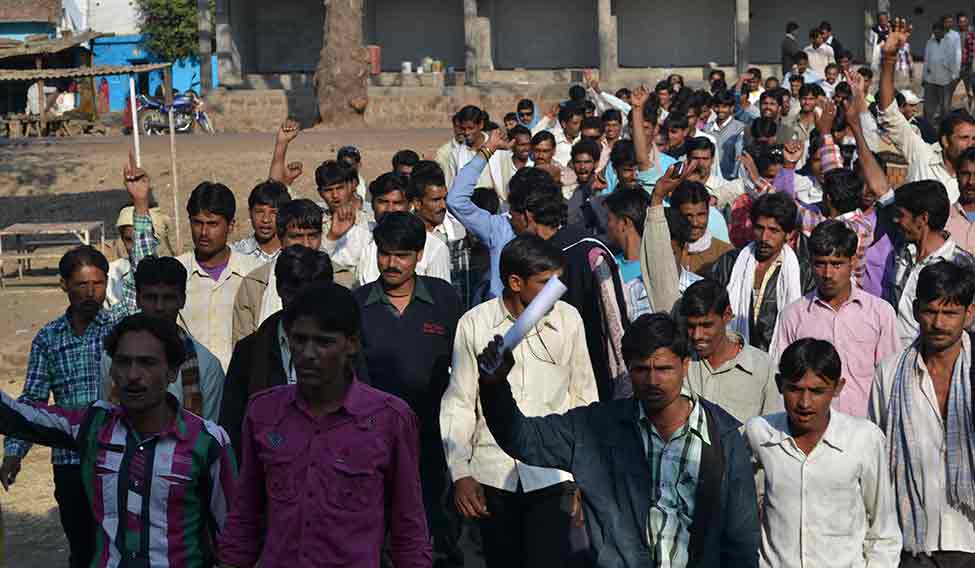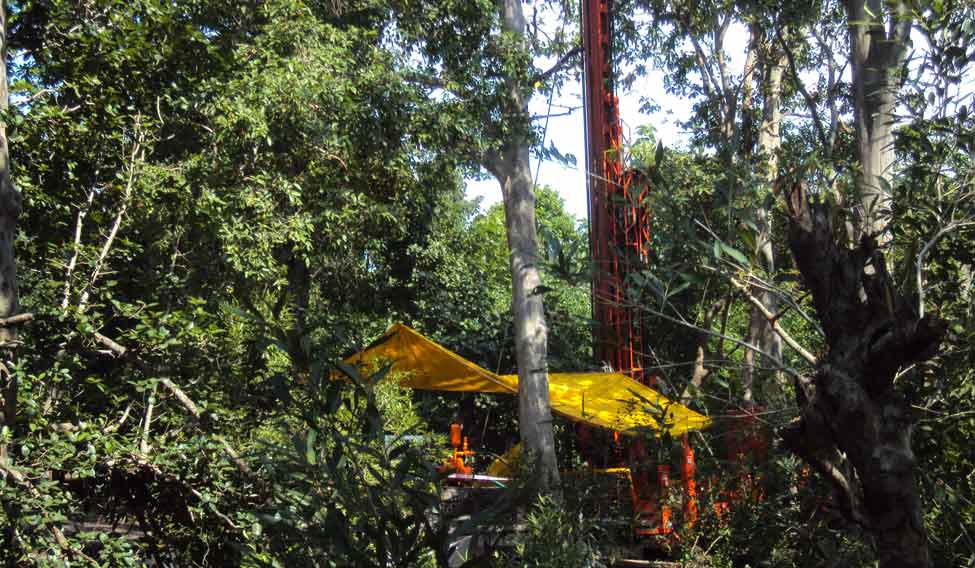On August 19, as mining giant Rio Tinto announced the closure of its diamond excavation project in Bundelkhand, more than 2,000 villagers rejoiced. The company had planned to invest about Rs 2,000 crore in the mine that was estimated to yield 34.2 million carat of diamonds.
The three villages in Chhatarpur district of Madhya Pradesh—Jara, Sagouriya and Shepura—mainly inhabited by Sor tribals and dalits, had been opposing the project as they would lose their livelihood, which heavily depended on forest produce. Shepura had explicitly refused consent to give land, which is mandatory under the Forest Rights Act. The venture, called the Bunder project because of the monkeys in the region, would have cut down five lakh trees on 971 hectares of forest land. Environmentalists as well as the Madhya Pradesh forest department had also been opposing the project.
Rio Tinto India Private Limited is owned by the UK-based Rio Tinto group, which has its presence in about 40 countries. It started exploration in Madhya Pradesh in January 2004 after it got a reconnaissance permit, for preliminary operations. It made news as a rich deposit had been discovered after 50 years and the company said it would employ 800 people and 1,500 others would indirectly benefit. Rio Tinto was given a prospecting licence in 2006. In 2010, it signed an agreement with the state government for diamond mining and invested about Rs 140 crore for exploration and evaluation of diamonds. At the time, it was excavating 475 hectares, for which the forest department had given the company clearance. This was a small-scale operation, mainly for survey purposes.
But, in 2014, when Rio Tinto wanted to start full-fledged mining in 971 hectares, the forest department had objections. It said the area was an important tiger corridor, connected two protected parks and was too dense to mine. The state government forwarded the project proposal to the Union government, including the forest department's objections. In July, an environment ministry committee deferred forest clearance for the project, saying it would lead to permanent loss of high-quality forest area.
The Forest Research Institute in Dehradun pointed out that the corridor had species such as the monitor lizard, Indian white-rumped vulture, Indian peafowl, sloth bear, leopard, Indian gazelle and chousingha. Environmentalists and tiger experts such as Valmik Thapar also raised concerns about the project.
 End to diamond: People in Buxwaha village, where Rio Tinto has its office, protest the excavation | Ravindra Vyas
End to diamond: People in Buxwaha village, where Rio Tinto has its office, protest the excavation | Ravindra Vyas
The company decided to pull out even as the matter had reached the project monitoring group under the prime minister’s office. Apparently, it realised that the project would never get the required clearance. In a press release, Rio Tinto said it would close “all project infrastructure by the end of year 2016.... Deposit is a high-quality discovery and Rio Tinto is currently looking at options for a third-party investor to carry forward the development of the project.” It is said that the Reliance group is interested in taking up the project.
The real reason for the pullout was the pressure by local adivasis and environmental issues, said Brijesh Bilthare of Adivasi-Vanvasi-Dalit Mahasangh, an organisation made up of local Sor tribals and scheduled castes. “The whole process of giving permission to the mining giant was based on forgery and we are thankful to the government that it understood the issue dear to mute animals and poor people,” he told THE WEEK. “The entire region is happy except for a few influential people. We will celebrate this as Diwali in all three villages in the first week of September.”
Tilua Ahirwar, another dalit leader, said: “Our jungles have been giving us livelihood for ages and with the company's decision to pull out, we would continue to live peacefully.”
Though the project has been shelved, the activists are not relenting. Congress leader Raja Pateriya, a key opponent of the project, said: “We will not allow the company to run away like this. It has already excavated diamonds worth millions and sold them in the open market. We demand a high-level inquiry as to how a multinational can run away after destroying the environment and jungle in 475 hectares.”







